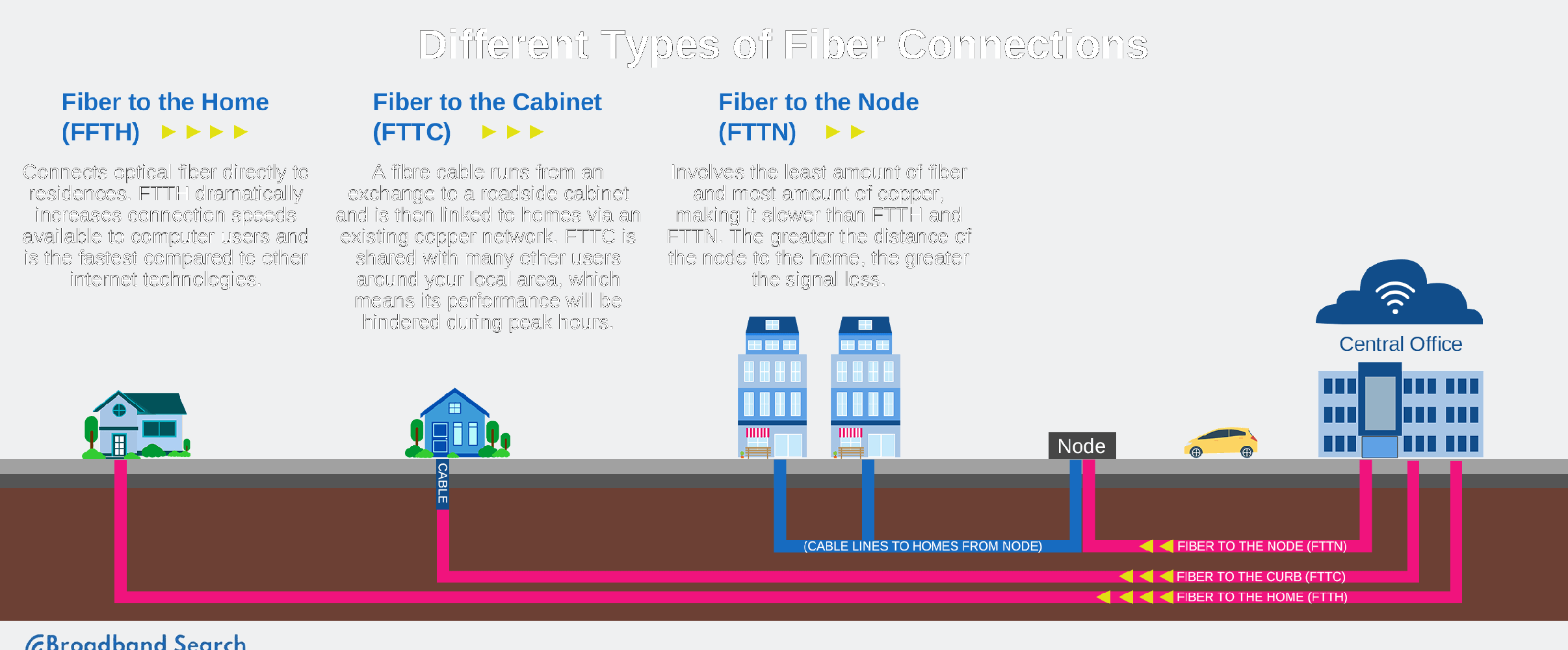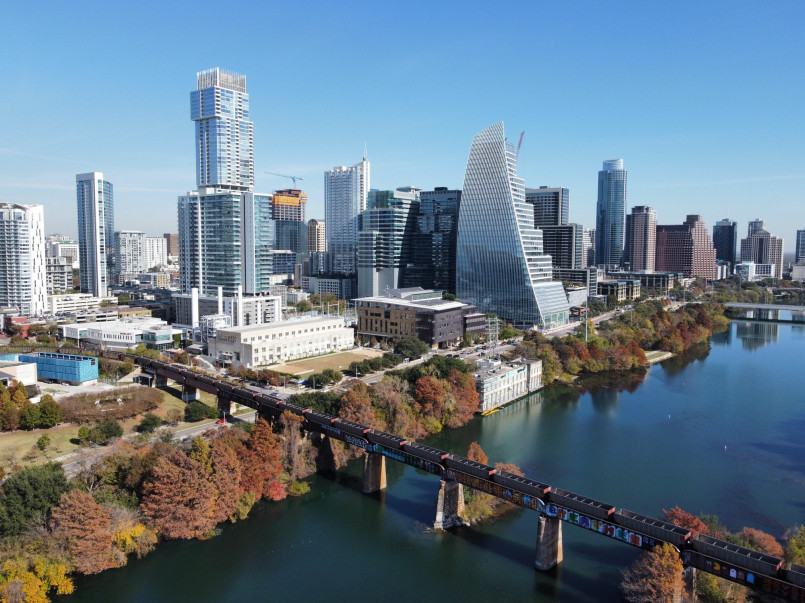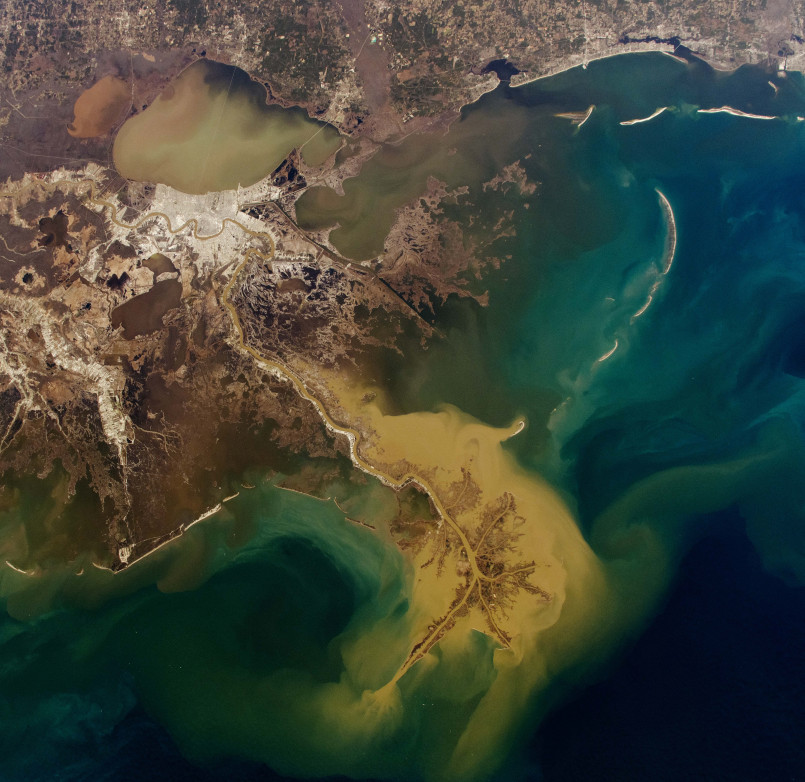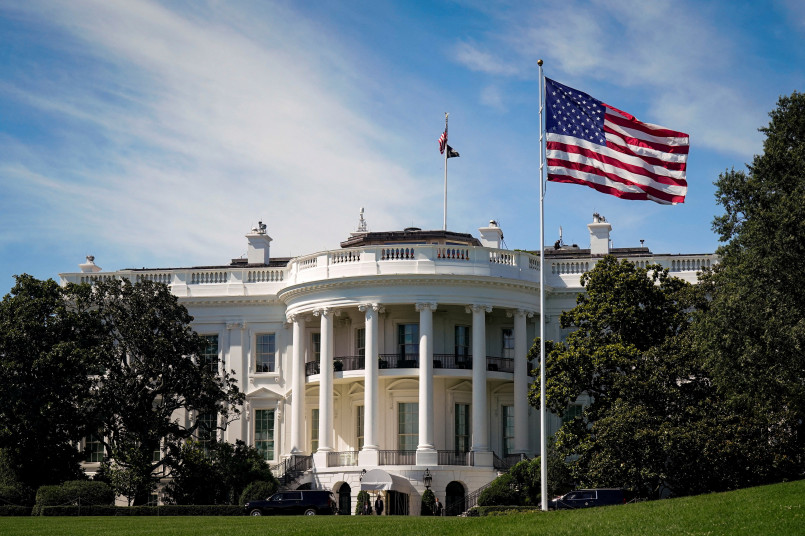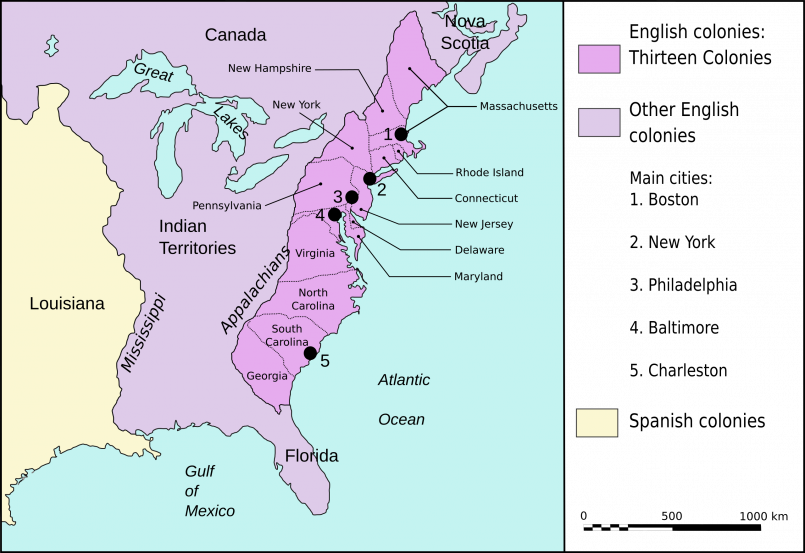In today's digital-first world, internet speed can make or break productivity and quality of life. Some states have raced ahead in the broadband revolution, offering residents lightning-fast connections that power everything from remote work to streaming entertainment. Find out which states lead the pack and why location matters for your online experience.
The digital divide across America isn't just about who has internet access - it's increasingly about who has fast, reliable connectivity. As remote work becomes mainstream, streaming services replace cable TV, and cloud computing dominates, the speed of your internet connection has never been more crucial. While the national average continues to climb, certain states consistently outpace others in delivering blazing-fast broadband to their residents.
This disparity in internet speeds can impact everything from economic development to educational opportunities. States with faster average connections tend to attract tech companies, support more digital entrepreneurs, and provide better infrastructure for the modern digital citizen. Let's explore which states are leading the broadband race and what factors contribute to their digital dominance.
How Internet Speed is Measured
Before diving into state rankings, it's important to understand how internet speed is measured. Internet speed is typically expressed in Megabits per second (Mbps) or increasingly in Gigabits per second (Gbps) for the fastest connections. These measurements reflect how quickly data can be downloaded or uploaded.
For context, the FCC currently defines broadband internet as connections with at least 25 Mbps download and 3 Mbps upload speeds, though many argue this definition is outdated. Most streaming services recommend at least 5-25 Mbps for HD video, while 4K streaming might require 25-50 Mbps. Video conferencing, online gaming, and households with multiple users all demand higher speeds for optimal performance.
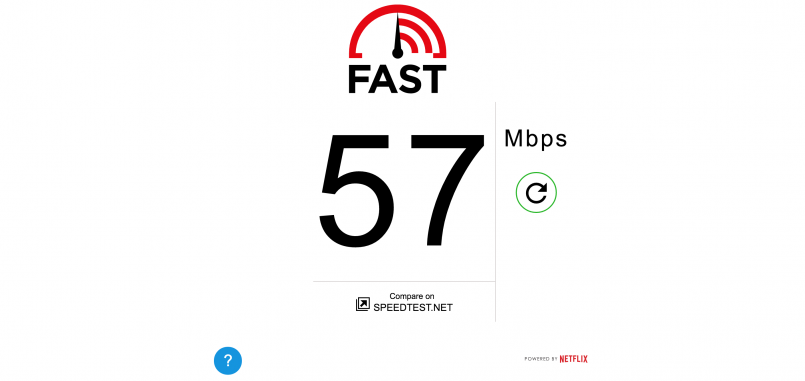
State rankings typically use median or average download speeds across all internet users in the state, based on millions of speed tests conducted throughout the year. These measurements capture real-world performance rather than advertised speeds, providing a more accurate picture of the internet experience in each state.
The Top 15 States With the Fastest Internet
Based on recent speed tests and broadband performance data, here are the states that consistently rank among the top for internet speeds in America:
- New Jersey: 145.8 Mbps median download speed, with extensive fiber optic infrastructure in urban areas
- Maryland: 144.5 Mbps, benefiting from proximity to major internet exchange points
- New York: 141.6 Mbps, with robust investment in metro area connectivity
- Delaware: 139.8 Mbps, compact geography allows for efficient network deployment
- Rhode Island: 138.6 Mbps, small size enables comprehensive coverage
- Massachusetts: 137.2 Mbps, tech industry presence drives demand for fast connectivity
- Virginia: 135.9 Mbps, home to major data centers and internet backbone infrastructure
- California: 134.8 Mbps, tech hub status drives advanced networking development
- Texas: 133.7 Mbps, competitive market with multiple providers in metro areas
- Connecticut: 132.5 Mbps, high population density supports infrastructure investment
- Washington: 131.4 Mbps, tech industry presence and municipal broadband initiatives
- Pennsylvania: 130.8 Mbps, improving urban connectivity despite rural challenges
- Colorado: 129.6 Mbps, growing tech sector and recent infrastructure investments
- Florida: 128.7 Mbps, competitive market and growing fiber deployments
- Illinois: 127.5 Mbps, strong urban networks centered around Chicago
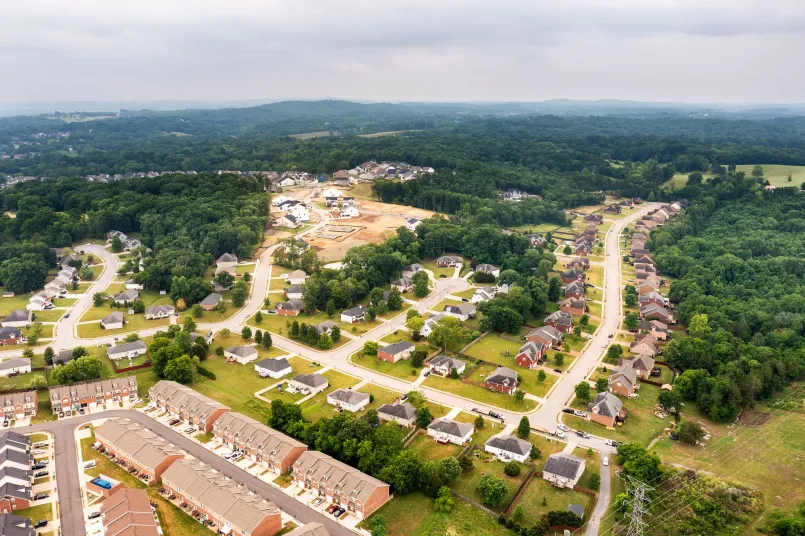
It's worth noting that these figures represent median speeds, meaning many users in these states enjoy even faster connections, particularly those with fiber optic service that can deliver gigabit (1,000+ Mbps) speeds.
Factors Affecting Internet Speeds by State
Several key factors determine why certain states lead in internet performance while others lag behind:
Population density plays a crucial role in broadband deployment economics. States with higher population density, particularly in the Northeast, can serve more customers with less infrastructure investment, making high-speed networks more financially viable for providers.
Infrastructure investment varies significantly by state. Those that have prioritized broadband through public-private partnerships, grants, or municipal networks tend to have better connectivity. States with older infrastructure often struggle with legacy systems that can't deliver modern speeds.
Market competition drives both speed improvements and competitive pricing. States with multiple providers competing for customers typically see faster adoption of new technologies and more aggressive network upgrades.
Regulatory environment can either facilitate or hinder broadband deployment. States with streamlined permitting processes, utility pole access regulations, and rights-of-way policies that favor expansion see faster network growth.
Geography and terrain present physical challenges. States with mountainous regions, remote rural areas, or challenging environmental conditions face higher costs for network deployment, often resulting in slower average speeds.
The Urban-Rural Internet Divide
Even in states with impressive average speeds, a significant digital divide often exists between urban and rural areas. Urban centers typically enjoy multiple provider options and the latest technologies, while rural communities may have limited choices, often relying on DSL, satellite, or fixed wireless solutions with lower performance.

This disparity is particularly pronounced in geographically diverse states like California, where Silicon Valley enjoys world-class connectivity while parts of Northern California struggle with basic access. Similarly, New York State shows dramatic differences between NYC's fiber networks and the limited options in the Adirondack region.
The rural-urban divide impacts economic development, education, healthcare access, and quality of life. As remote work becomes more common, this connectivity gap can determine which communities thrive in the digital economy and which fall further behind.
State Initiatives Improving Connectivity
Many states are taking proactive approaches to improve internet speeds and expand access:
Maine created a state-owned utility model with ConnectMaine, focusing on bringing fiber to underserved communities.
Washington authorized public utility districts to provide retail broadband services directly to consumers in areas lacking adequate service.
New York's Broadband For All program invested over $500 million to expand high-speed internet access statewide, focusing on rural areas.
Tennessee allows municipal electric utilities to provide broadband services, leading to successful community networks like Chattanooga's gigabit fiber system.
Minnesota created a Border-to-Border Broadband Development Grant Program that provides matching funds for broadband infrastructure projects.
These state-level initiatives often complement federal programs like the Rural Digital Opportunity Fund and the more recent Infrastructure Investment and Jobs Act, which allocated billions for broadband expansion nationwide.
Future Outlook for Internet Speeds Across America
The landscape of internet connectivity in America continues to evolve rapidly. Several trends will likely shape the future of state internet speeds:
Fiber expansion remains the gold standard for fixed broadband, with providers continuing to extend these networks into new areas. States that facilitate this expansion through favorable policies will likely see their ranking improve.
5G fixed wireless is emerging as an alternative in areas where fiber deployment is challenging, potentially helping bridge the urban-rural divide if spectrum allocation and tower siting issues are addressed.
Low-earth orbit satellite services like Starlink are changing the equation for remote connectivity, potentially bringing high-speed options to the most isolated communities, though capacity and cost considerations remain.
Federal funding through the Infrastructure Investment and Jobs Act includes $65 billion for broadband, which could dramatically improve connectivity in states that effectively utilize these resources.
As these technologies and investments develop, the ranking of states may shift, with those that strategically combine public and private resources likely to provide the best connectivity to their residents in the coming years. What remains clear is that high-speed internet has become essential infrastructure for economic competitiveness, education, healthcare, and quality of life across all states.
Frequently Asked Questions About 15 States With Lightning-Fast Internet Speeds in USA (2023 Rankings)
Why does the Northeast have faster internet speeds than other regions?
The Northeast benefits from several advantages: higher population density makes infrastructure investments more cost-effective, the region has older and more established telecommunications infrastructure that has been upgraded over time, and there's typically more competition between providers in these markets. States like New Jersey, Maryland, and New York also have significant tech sectors that demand high-performance connectivity.
How does internet speed affect property values?
Fast internet access has become a significant factor in property values. Homes with fiber optic connections can command a 3-7% premium compared to similar properties with slower internet options. As remote work becomes more common, home buyers increasingly consider internet speed as essential as other utilities when making purchasing decisions, particularly in suburban and rural areas.
What can states do to improve their internet speeds?
States can improve internet speeds by implementing several strategies: creating broadband offices to coordinate efforts, offering grants and low-interest loans for infrastructure development, streamlining permitting and right-of-way access, allowing municipal broadband networks, requiring conduit installation during road construction, establishing public-private partnerships, and effectively leveraging federal funding opportunities.
Are average speeds increasing across all states?
Yes, average speeds are increasing across all states, though at different rates. The national average download speed has more than doubled over the past five years. Even states with slower relative speeds are seeing improvements as providers upgrade networks and new technologies like 5G fixed wireless and low-earth orbit satellites expand options. However, the gap between the fastest and slowest states remains substantial.
How does the US compare to other countries in internet speed?
The US ranks around 13th-18th globally in average internet speeds (varying by measurement method), behind countries like South Korea, Norway, Singapore, and Japan. Even the fastest US states would rank middle-of-the-pack compared to leading nations. The US faces unique challenges due to its large geographic area and low population density in many regions, making comprehensive high-speed deployment more expensive than in smaller, more densely populated countries.
What's the difference between advertised and actual internet speeds?
Advertised speeds represent the maximum theoretical performance under ideal conditions, while actual speeds reflect real-world performance affected by factors like network congestion, distance from connection points, home wiring quality, and equipment limitations. The gap between advertised and actual speeds varies by provider and technology, with fiber typically delivering closer to advertised speeds than cable or DSL connections.
